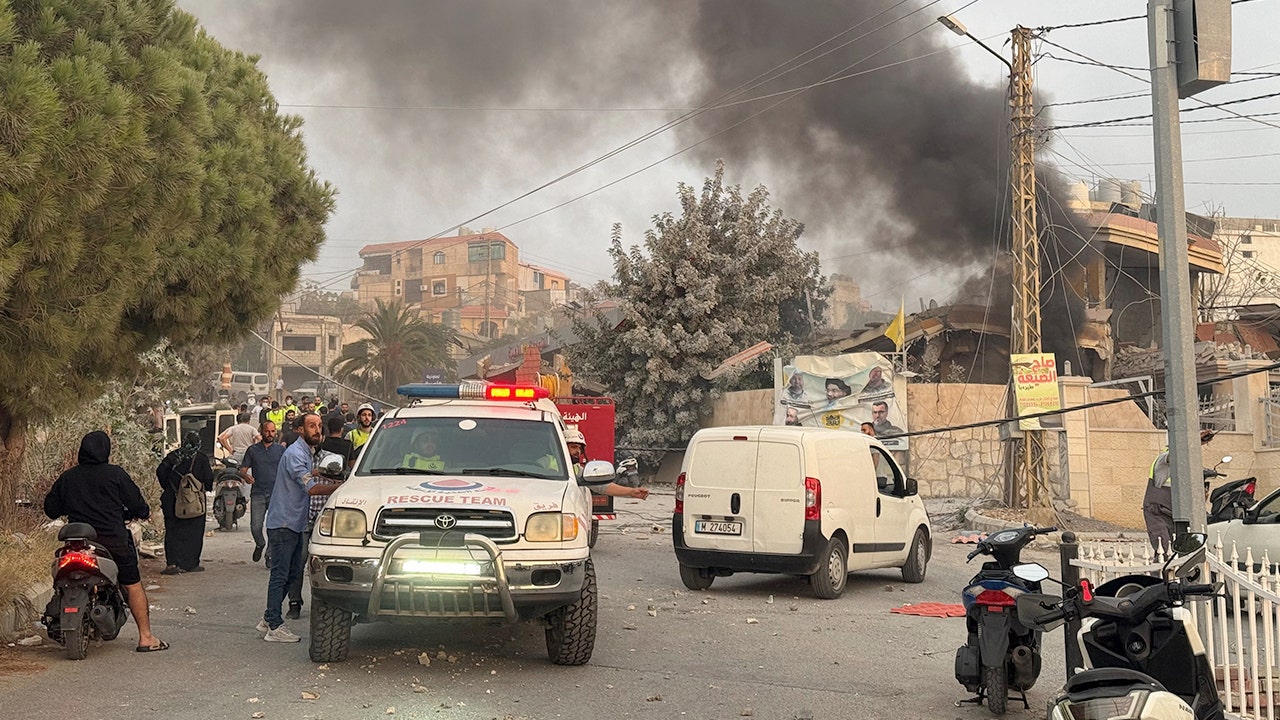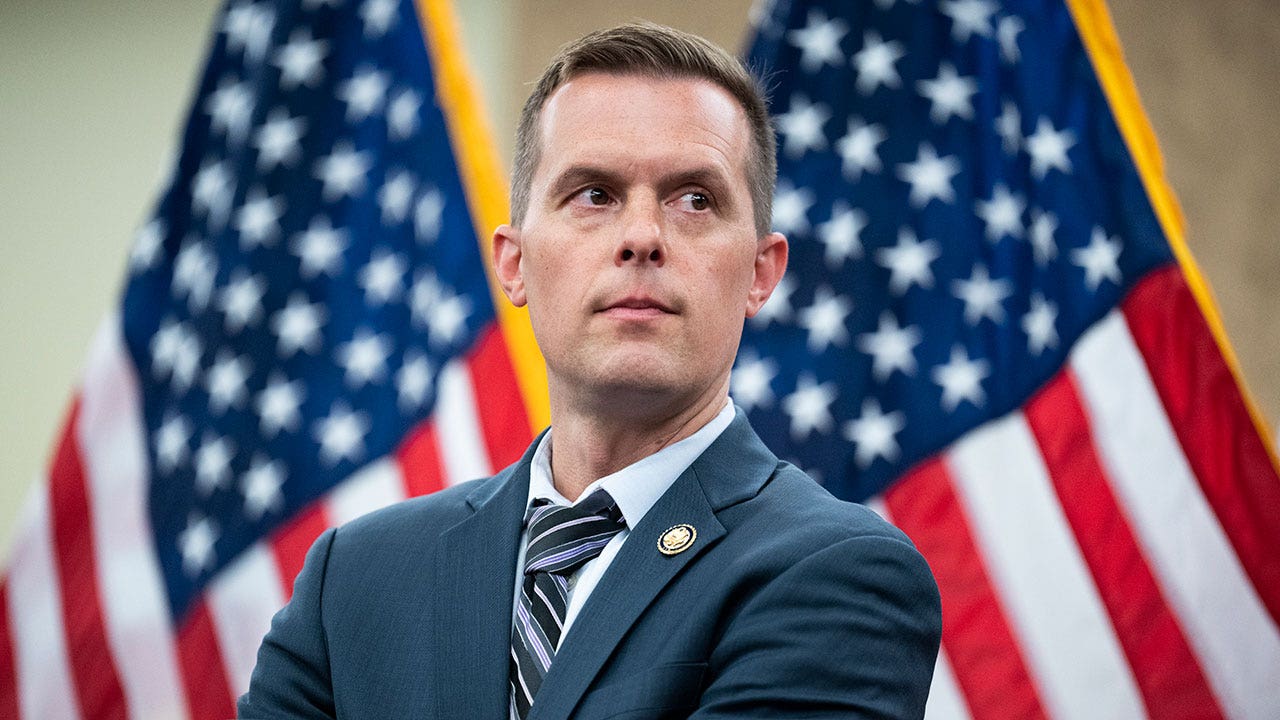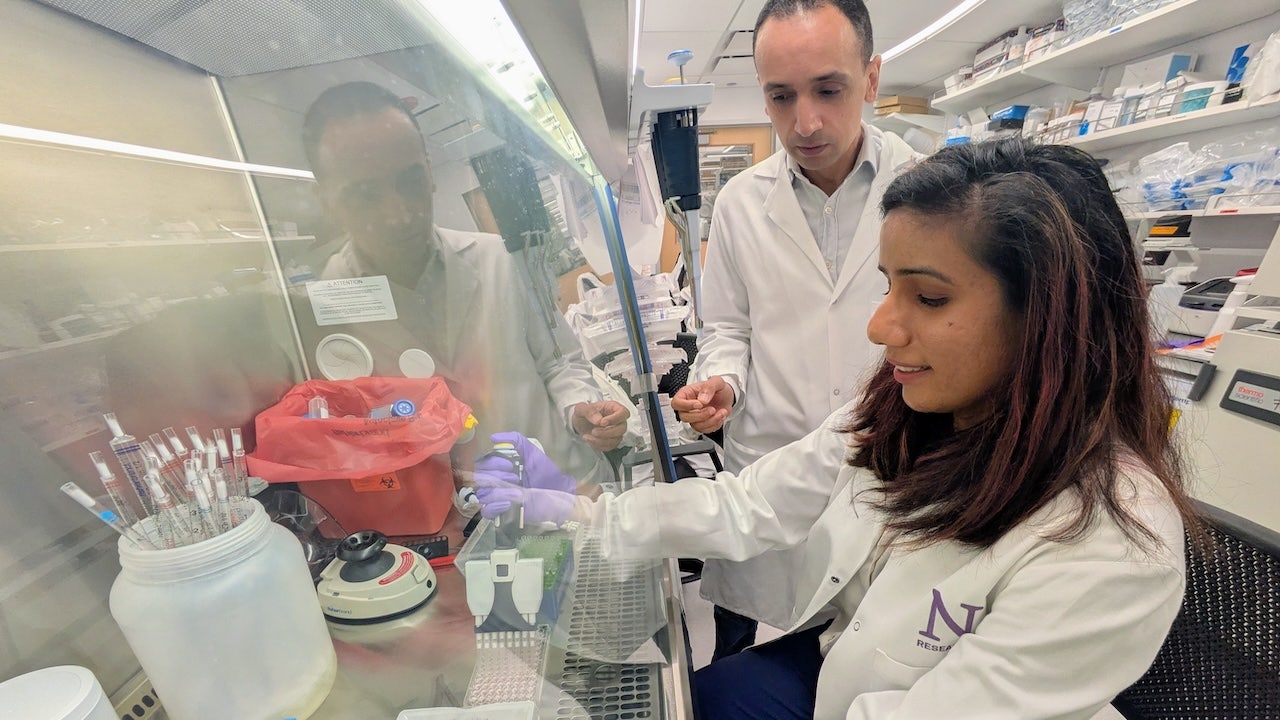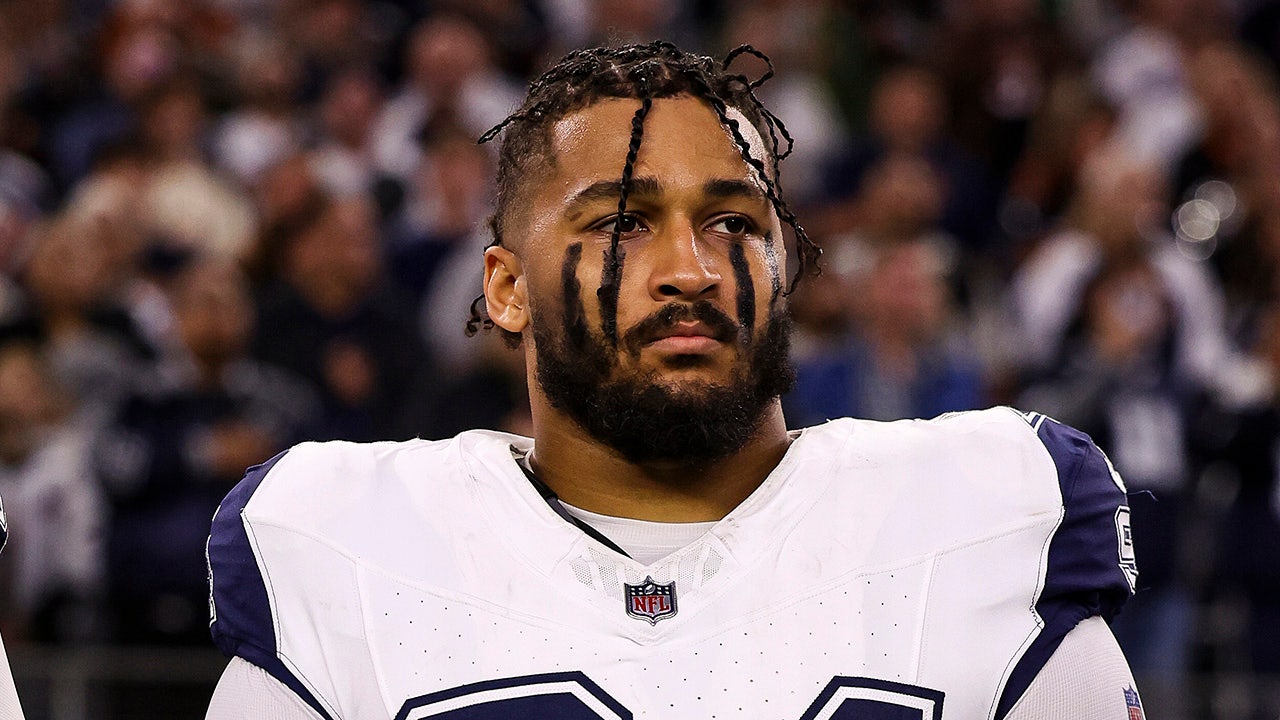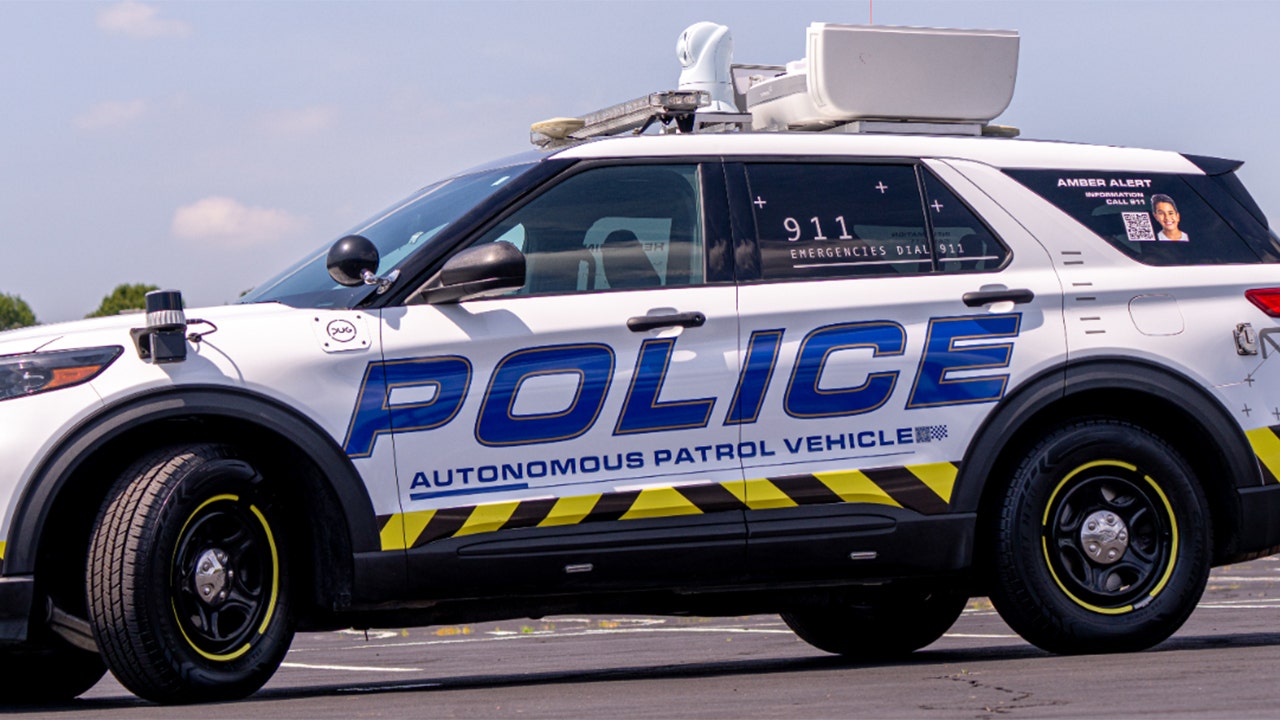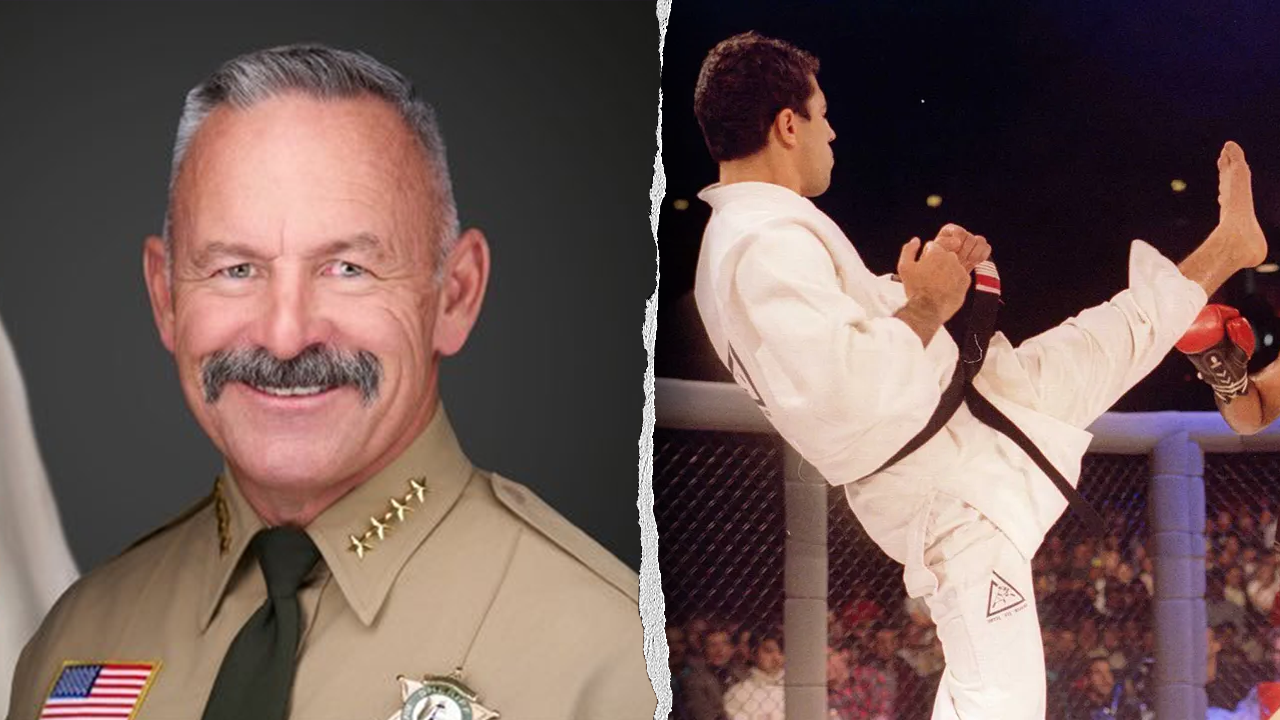New York
New York’s Chinese Dissidents Thought He Was an Ally. He Was a Spy.

The Chinese government’s paranoia about overseas dissidents can seem strange, considering the enormous differences in power between exiled protesters who organize marches in America and their mighty homeland, a geopolitical and economic superpower whose citizens they have almost no ability to mobilize. But to those familiar with the Chinese Communist Party, the government’s obsession with dissidents, no matter where in the world they are, is unsurprising. “Regardless of how the overseas dissident community is dismissed outside of China, its very existence represents a symbol of hope for many within China,” Wang Dan, a leader of the Tiananmen Square protests who spent years in prison before being exiled to the United States in 1998, told me. “For the Chinese Communist Party, the hope for change among the people is itself a threat. Therefore, they spare no effort in suppressing and discrediting the overseas dissident community — to extinguish this hope in the hearts of people at home.”
To understand the party’s fears about the risks posed by dissidents abroad, it helps to know the history of revolutions in China. “Historically, the groups that have overthrown the incumbent government or regime in China have often spent a lot of time overseas and organized there,” says Jessica Chen Weiss, a professor of China studies at Johns Hopkins University. The leader Sun Yat-sen, who played an important role in the 1911 revolution that dethroned the Qing dynasty and led eventually to the establishment of the People’s Republic of China, spent several periods of his life abroad, during which he engaged in effective fund-raising and political coordination. The Communist Party’s own rise to power in 1949 was partly advanced by contributions from leaders who were living overseas. “They are very sensitive to that potential,” Weiss says.
“What the Chinese government and the circle of elites that are running China right now fear the most is not the United States, with all of its military power, but elements of unrest within their own society that could potentially topple the Chinese Communist Party,” says Adam Kozy, a cybersecurity consultant who worked on Chinese cyberespionage cases when he was at the F.B.I. Specifically, Chinese authorities worry about a list of threats — collectively referred to as the “five poisons” — that pose a risk to the stability of Communist rule: the Uyghurs, the Tibetans, followers of the Falun Gong movement, supporters of Taiwanese independence and those who advocate for democracy in China. As a result, the Chinese government invests great effort in combating these threats, which involves collecting intelligence about overseas dissident groups and dampening their influence both within China and on the international stage.
Controlling dissidents, regardless of where they are, is essential to China’s goal of projecting power to its own citizens and to the world, according to Charles Kable, who served as an assistant director in the F.B.I.’s national security branch before retiring from the bureau at the end of 2022. “If you have a dissident out there who is looking back at China and pointing out problems that make the entire Chinese political apparatus look bad, it will not stand,” Kable says.
The leadership’s worries about such individuals were evident to the F.B.I. right before the 2008 Beijing Olympics, Kable told me, describing how the Chinese worked to ensure that the running of the Olympic flame through San Francisco would not be disrupted by protesters. “And so, you had the M.S.S. and its collaborators deployed in San Francisco just to make sure that the five poisons didn’t get in there and disrupt the optic of what was to be the best Olympics in history,” Kable says. During the run, whose route was changed at the last minute to avoid protesters, Chinese authorities “had their proxies in the community line the streets and also stand back from the streets, looking around to see who might be looking to cause trouble.”

New York
Maps: See the New York Neighborhoods That Swept Mamdani to Victory

Zohran Mamdani triumphed in the New York mayoral election on Tuesday, having expanded the coalition that carried him to victory in the Democratic primary in June.
Mr. Mamdani handily defeated former Gov. Andrew M. Cuomo, who lost in the primary before running as an independent, and Curtis Sliwa, the Republican candidate. By Wednesday morning, with an estimated 91 percent of the vote tallied, Mr. Mamdani had secured 50.4 percent of the vote, a nearly nine-point margin over Mr. Cuomo, his nearest rival.
Mr. Mamdani had a strong showing across the city among most racial and ethnic groups and most income levels.
In mostly Black precincts, voters backed him decisively — a major shift from the primary,when those areas supported Mr. Cuomo — and he expanded his lead in areas with mostly Hispanic residents. He also captured a majority of the vote in low- and middle-income areas.
Vote share in precincts by demographic group
22% of precincts
11% of precincts
12% of precincts
3% of precincts
5% of precincts
15% of precincts
80% of precincts How candidates fared with groups of voters
Precincts
with…Zohran
MamdaniAndrew
CuomoCurtis
Sliwa
Mostly white residents
38%
52%
8%
Mostly Hispanic residents
57%
37%
6%
Mostly Black residents
61%
35%
3%
Mostly Asian residents
47%
43%
10%
Higher-income residents
47%
50%
3%
Lower-income residents
51%
43%
5%
Middle-income residents
51%
41%
8%
Mr. Mamdani’s strongest performance was with younger voters. He carried precincts where the median registered voter’s age was 45 or younger, beating Mr. Cuomo by 30 percentage points. That mirrored his dominance among young voters in the primary.
Candidate vote share in precincts grouped by median registered voter’s age
Precincts with more young voters went for Mamdani
To win as an independent, Mr. Cuomo would have had to maintain the coalitions he assembled when he ran in the primary and also secure the votes of many Republicans.
His effort to win over Republicans was bolstered by a late endorsement by President Trump, but it was not enough for Mr. Cuomo to make up the difference.
In the end, Mr. Cuomo ended up with a more than 40-point margin in precincts that Mr. Trump carried in the 2024 presidential election.
Candidate vote share in precincts grouped by 2024 presidential vote margin
Cuomo performed better in precincts won by Donald Trump
Some of the areas where Mr. Mamdani performed best were in Brooklyn. More than four out of five votes in Bushwick, Clinton Hill, Prospect Heights and East Williamsburg went to Mr. Mamdani.
Meanwhile, Mr. Cuomo’s bases of support were primarily on Staten Island, as well as in parts of Queens and in ultra-Orthodox Jewish neighborhoods of Brooklyn.
Each candidate’s top 10 neighborhoods by vote share
Neighborhood
PCT.
Votes
Clinton Hill Brooklyn
82.5%
9,377
Prospect Heights Brooklyn
82.3
8,326
Bushwick Brooklyn
82.2
24,000
East Williamsburg Brooklyn
81.7
4,109
Greenwood Heights Brooklyn
81.1
2,311
South Slope Brooklyn
79.6
2,218
Ditmas Park Brooklyn
79.0
4,252
Fort Greene Brooklyn
78.1
9,471
Gowanus Brooklyn
77.4
4,371
Bedford-Stuyvesant Brooklyn
77.0
36,963
 Andrew Cuomo
Andrew Cuomo
Neighborhood
PCT.
Votes
Manhattan Beach Brooklyn
87.5%
1,311
Borough Park Brooklyn
86.3
21,758
Midwood Brooklyn
76.3
23,495
Sheepshead Bay Brooklyn
70.2
19,718
Kew Gardens Hills Queens
69.8
7,069
Mill Basin Brooklyn
69.5
2,855
Willowbrook Staten Island
69.2
1,592
Todt Hill Staten Island
68.5
1,480
Coney Island Brooklyn
66.8
6,459
Hollis Hills Queens
66.7
1,618
 Curtis Sliwa
Curtis Sliwa
Neighborhood
PCT.
Votes
Broad Channel Queens
35.7%
372
Breezy Point Queens
34.2
872
Tottenville Staten Island
31.6
1,692
Gerritsen Beach Brooklyn
29.9
883
Howard Beach Queens
28.1
2,503
Eltingville Staten Island
28.1
2,513
Country Club Bronx
28.1
482
Pleasant Plains Staten Island
27.3
491
New Dorp Beach Staten Island
26.5
385
Rockaway Park Queens
26.5
567
New York
Video: N.Y.C. Mayoral Candidates Deliver Final Appeals Before Election

new video loaded: N.Y.C. Mayoral Candidates Deliver Final Appeals Before Election
transcript
transcript
N.Y.C. Mayoral Candidates Deliver Final Appeals Before Election
On Monday, New York City’s three mayoral candidates made a final attempt to drum up support from voters the day before the election. Over 735,000 people have already voted early, more than four times the amount over the same period of time in 2021, according to the Board of Elections.
-
“Cuomo, Cuomo.” “Zohran, Zohran.” “We need to get the vote. Tomorrow’s the last day.” “We have not only come so far, we stand on the verge of ushering in a new day for our city.” “I plan to vote for Zohran Mamdani because I believe in his message of affordability for New Yorkers. We make good livings, and yet it’s still a struggle to have two children in this city. Between daycare costs, rent, price of groceries and myriad other factors, we still don’t feel comfortable.” Chanting: “Andrew Cuomo.” “I kind of trust him, and I trust the work that he’s done in the past. I’m just comfortable with Andrew Cuomo. I liked him as governor. During Covid, I believe that he was able to handle Covid pretty well.” “Sliwa, he’s like, he’s the man’s man. He’s been around forever. He’s got street smarts. He’s got book smarts. He’s accomplished a lot. He’s got common sense and he’s got grit — like old New York.”
By Jamie Leventhal, Vincent Alban, Todd Heisler, Dave Sanders, Jonah Markowitz and Juan Arredondo
November 3, 2025
New York
Video: What You Need to Know About New York City’s Ballot Measures

new video loaded: What You Need to Know About New York City’s Ballot Measures
By Emma G. Fitzsimmons, Karen Hanley, Melanie Bencosme, Nikolay Nikolov and James Surdam
November 1, 2025
-

 Milwaukee, WI1 week ago
Milwaukee, WI1 week agoLongtime anchor Shannon Sims is leaving Milwaukee’s WTMJ-TV (Channel 4)
-

 News1 week ago
News1 week agoWith food stamps set to dry up Nov. 1, SNAP recipients say they fear what’s next
-

 Culture1 week ago
Culture1 week agoVideo: Dissecting Three Stephen King Adaptations
-

 Seattle, WA4 days ago
Seattle, WA4 days agoESPN scoop adds another intriguing name to Seahawks chatter before NFL trade deadline
-

 Seattle, WA1 week ago
Seattle, WA1 week agoFOX 13’s Aaron Levine wins back-to-back Jeopardy! episodes
-

 San Diego, CA1 week ago
San Diego, CA1 week agoAdd Nick Hundley, Ruben Niebla to list of Padres’ managerial finalists
-

 Education1 week ago
Education1 week agoOpinion | New York City Mayoral Candidates: Who Would Be Best?
-

 Culture1 week ago
Culture1 week agoCan You Pair Up These 1980s Novels and Their First Lines?






